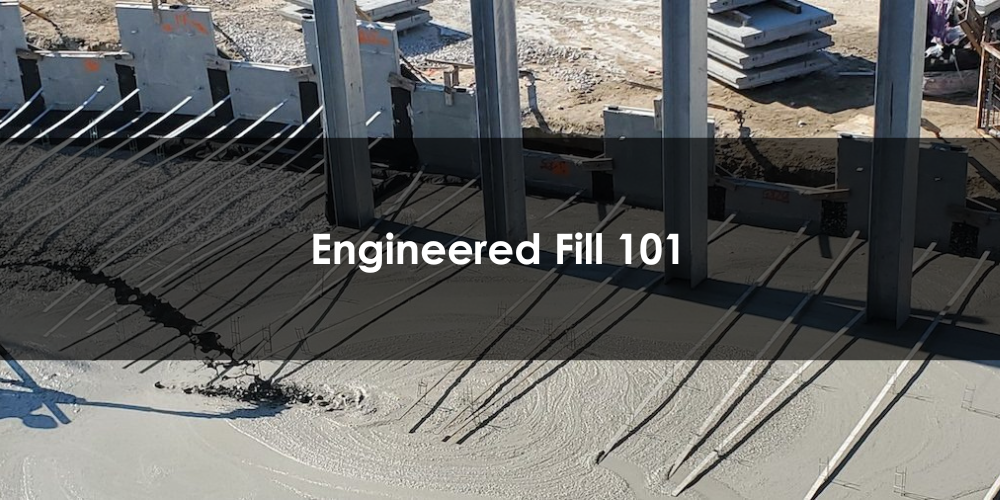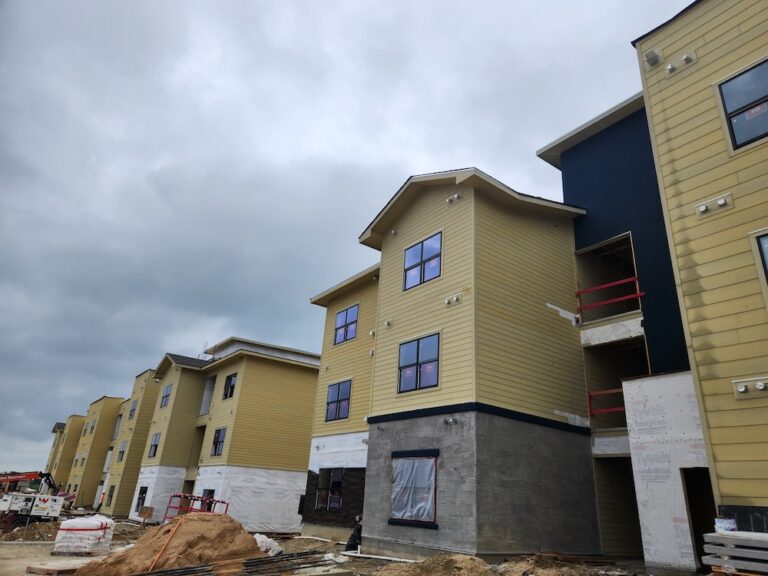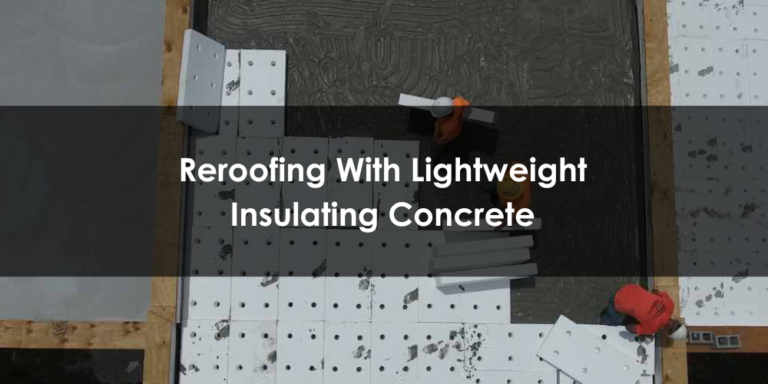
Engineered flowable fill, also called lightweight cellular concrete, cellular grout, low-density cellular concrete (LDCC), or controlled low-strength material (CLSM), is a robust and versatile material ideal for a variety of geotechnical applications.
Nettles Construction Solutions is one of the largest and most well-respected contractors and installers of flowable fill in the country. We have decades of experience in mix designs, working with different materials, and pumping the material correctly and precisely. In this comprehensive buyer’s guide, our experts have assembled insights and FAQs about what flowable fill is, why it’s superior to alternative materials, and what you should know before you purchase.
What is flowable fill made of?
Flowable fill is a mixture of Portland cement, water, and preformed foam. The foam creates a structure of discrete air cells within the mix, which increases the volume, reduces the density, and improves the flowability of the material. Flowable fill mixes may also use fly ash, sand, and other aggregates to achieve specific densities and strengths.
How is engineered fill installed?
The Nettles team takes raw cement in powder form, mixes it with water in a pump to make a slurry, and pumps the slurry through the worksite with a hose. Alongside the hose, a mixer mixes the foam and adds it to the concrete slurry, creating the flowable fill material. The entire process requires only 4 or 5 crew members–resulting in a leaner workforce compared to other types of fill, since flowable fill pours do not require a dozer or a backhoe.
How long does it take to install flowable fill?
Nettles can pump engineered fill at an approximate rate of 35 square yards per hour–or between 250 and 800 yards in a day. After being poured, the material takes about 90 minutes to harden, and is self-compacting. This means that the affected area is ready to be used within 24 hours, which is significantly faster than other types of fill.
What are the benefits of engineered fill?
Flowable fill offers a number of benefits over other materials, including:
- Self-compacting: Flowable fill does not need to be compacted after being poured, decreasing the overall installation time.
- Can be poured into very tight or constrained areas: Because of flowable fill’s light weight and high flowability, it can be pumped from up to a thousand feet away and can be poured even into very narrow or constrained spaces.
- Light weight and high strength: Nettles flowable fill is about one third to one half the weight of normal concrete or earthen fill. This light weight makes flowable fill especially important for soil erosion. If the fill is too heavy, it can slough off and cause erosion and sinkholes. Flowable fill is light, while still being extremely strong and durable.
What are common applications for flowable fill?
Flowable fill can be used in a wide variety of applications and contexts, including:
Utility fills and tunnel fills
When new utility piping is tunneled underground or installed in a casing, the space around it must be grouted. Engineered fill is highly flowable, making it an ideal solution for these annular space fills. Flowable fill also has a very low set temperature compared to traditional grout, which protects the new pipe from heat damage. Buoyant forces are also reduced during grouting, due to flowable fill’s low density.
Pipe trenching
Flowable fill is a quick and affordable solution for pipe trench fills and shaft backfills. Many use it as a permanent design feature; however, due to its low density, it can also be easily excavated for future maintenance and repairs.
MSE retaining wall backfills
Mechanically Stabilized Earth (MSE) backfills and Reinforced Soil Slope (RSS) wall backfills are excellent applications for flowable fill, since it reduces lateral forces on adjacent structures. Once cured, flowable fill has very low permeability, reducing the lateral pressure associated with water intrusion.
Plaza decks and parking garages
Flowable fill can be designed to meet load parameters and restrictions. Typically structurally supported plaza decks allow minimal loads, and can be highly complex and intricate. Flowable fill is an excellent choice for these applications as it will eliminate or reduce stress both in design and construction.
Soil stabilization
Flowable fill can be used to reduce overburden and evenly distribute loads over poor soils. The mix design can also be customized for specific location and geomaterial behavior.
Roadway bases
Under the covering of asphalt paving most streets and roadways is 4-6 inches of granular rock or concrete material that can withstand the weight of traffic. Due to its lighter weight and lower density, controlled low strength material is the perfect roadway substrate for areas with poor soils or where the road needs to be raised out of a floodplain.
Underground fuel tank fills
Abandoned gasoline, diesel, and oil tanks beneath gas stations or rural areas can be up to 2-3 thousand cubic feet in size. Flowable fill can be pumped from a substantial distance and is highly flowable, making it a good solution for fuel tanks and other underground void fills.
Insulation and isolation barriers
The preformed foam mixed to create flowable fill creates a structure of air pockets that guard against both thermal and acoustical changes. When used in walls, roofs, floors, or foundations, flowable fill offers more heat and sound insulation than traditional concrete.
How much does engineered fill cost to install?
The cost of flowable fill is highly dependent on a number of variables, including the volume of the pour and the number of setups within a worksite. However, since flowable fill can save up to 30-50% of the overall construction time, it is a cost-effective option in many applications.
Ready to get started?
To learn more about flowable fill or to get a quote for your project, contact our experts.




